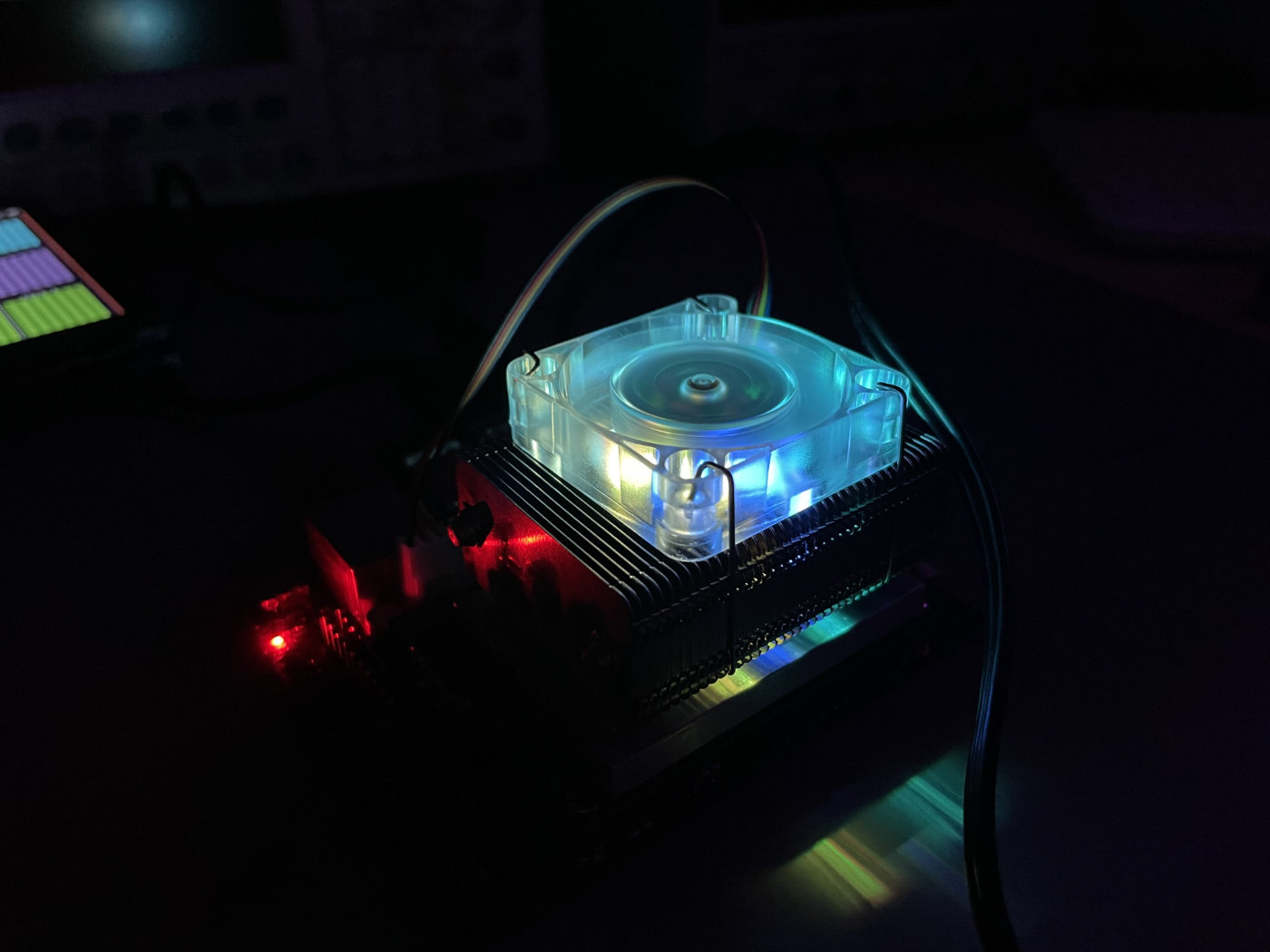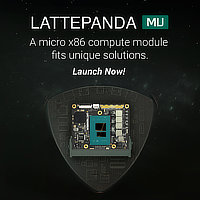It’s no secret that NVIDIA’s AI SBCs run toasty at times. The massive stock passive heatsink is generally good enough for the job, but due to the presence of an on-board fan header on many carrier boards, it’s simple enough to install an active solution.
There are a few reasons why you’d want that, which all generally boil down to the fact that lower operating temperatures lead to longer lifespan of chip silicon. However, passive heatsinks also have unique advantages, such as being virtually failure-free and using no energy for their operation, relying on convection as the main source of airflow.

Still, the well-respected ICE Tower lineup of SBC cooling solutions has made its way onto the Jetson, and promises significantly better thermals than possible with passive systems thanks to high-performance desktop-like heatsinks and copper thermal pipes.
Before we continue, we’d like to note that 52Pi provided us with the ICE Tower unit for this review.

The mounting procedure was quite simple, thanks to the design utilising the stock mounting bracket of the Jetson Nano module. After removing the original passive heatsink, it’s probably a good idea to remove the existing thermal paste too (which can, if hardened, easily be scrubbed off using some IPA or petroleum) before applying the thermal pad. After that, mounting the ICE Tower for NVIDIA Jetson Nano is as simple as tightening four screws.
Included in the box are two screwdrivers (which is good, because there’s a few Torx screws to undo), two thermal pads and a manual. This manual is somewhat minimal, which might cause a beginner to make a mistake. There’s no mention of peeling the protective layers off the thermal pad (though, most people would do this correctly), but there’s also a confusing set of pictures regarding the proper orientation of the mounting bracket (one of them seemingly shows the bracket mounted the wrong way around, which is potentially dangerous to the Jetson itself). It’s really important to ensure that the mounting bracket’s central metal protrusion points towards the board and contacts the grounding pad. This is also important as the bracket acts as a brace, preventing the board from bending due to the stress from the cooling block.
Checking out the actual performance against the stock cooling solution, we see a significant improvement. During our hour-long stress test, the Jetson Nano reached 64°C with the passive heatsink and only 38°C with the ICE Tower for NVIDIA Jetson Nano on. Additionally, thanks to Jetson’s fan header with PWM control, the system was able to intelligently control the fan speed and keep the temperatures low and the operation near silent. Impressive stuff!

The RGB lights inside the fan are a staple of ICE Tower SBC fans. Like always, they aren’t directly controllable, but rather have a pre-programmed animation which loops. They look sleek and attractive, so we can’t have complaints here, though it would be cool to see a version of the cooler with externally addressable LEDs.

The Jetson doesn’t have any thermal throttling issues, though it does get somewhat toasty even next to its huge passive heatsink. However, the ICE Tower for NVIDIA Jetson Nano does enable the system to run at truly cold temperatures, potentially prolonging the life of the chip and enabling some overclocking action, too.

Overall, we wouldn’t consider this version of the cooler as necessary as its Orange Pi 5 or Raspberry Pi 4B editions, but for those looking to keep their Jetson Nano safer and more stable, or looking to get more performance by tweaking clock speeds, it’s a worthwhile investment. The only real downside is the manual, which had us almost mount the bracket the wrong way around, which isn’t the safest mistake to make.
Nevertheless, at just $22.99, it’s an affordable way to get a lot of thermal overhead on your Jetson.
More information: Wiki 52Pi ICE Tower for Nvidia Jetson Nano (EP-0113)
- LattePanda Mu review - 07/23/2024
- SunFounder Pironman 5 review - 07/11/2024
- Clockwork Pi DevTerm review - 04/24/2024




